A fragile cancer immunotherapy agent “cGAMP” is delivered to tumor sites using tiny bubbles that protect it until it reaches its destination.
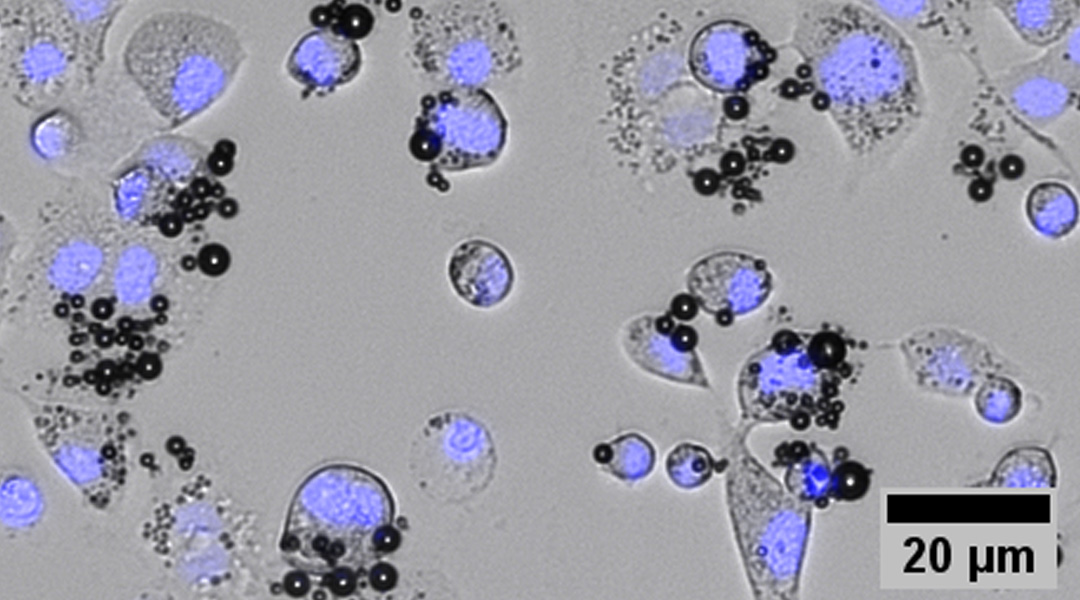

A fragile cancer immunotherapy agent “cGAMP” is delivered to tumor sites using tiny bubbles that protect it until it reaches its destination.
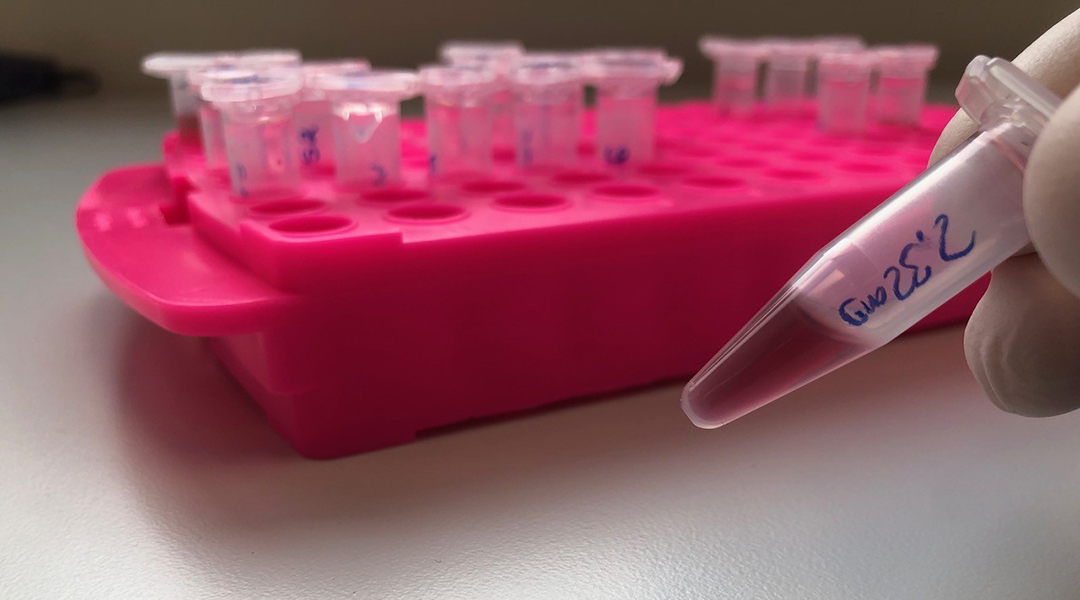
Polymer-based broad spectrum antivirals show activity against Zika, Ebola, HIV-1, the Herpes simplex virus, and now, SARS-CoV-2.
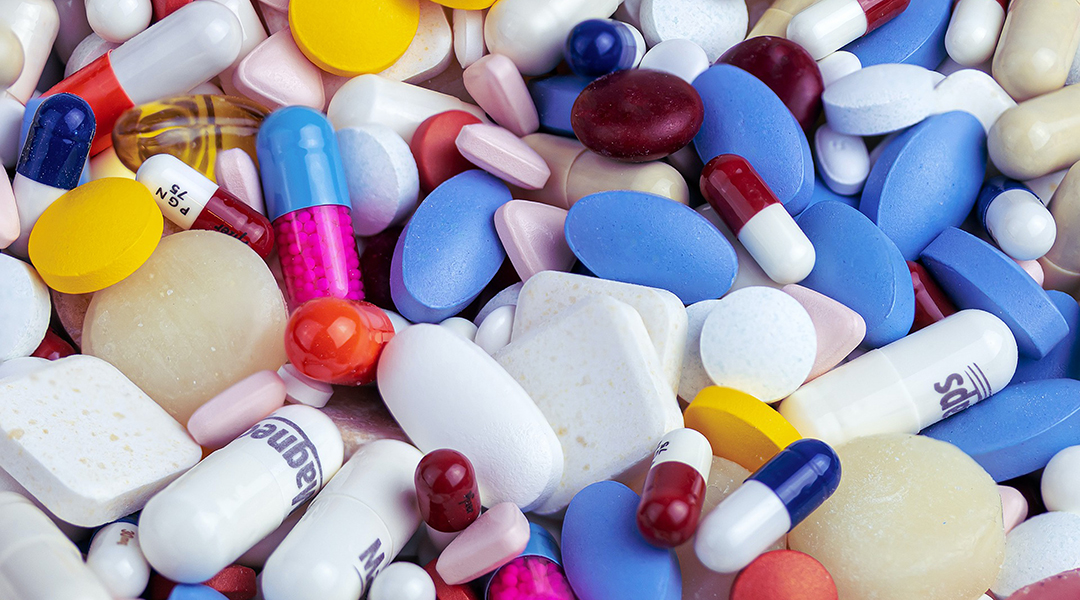
Using light-based polymerization, researchers have reduced the amount of time needed to 3D print certain medicines from minutes to seconds.
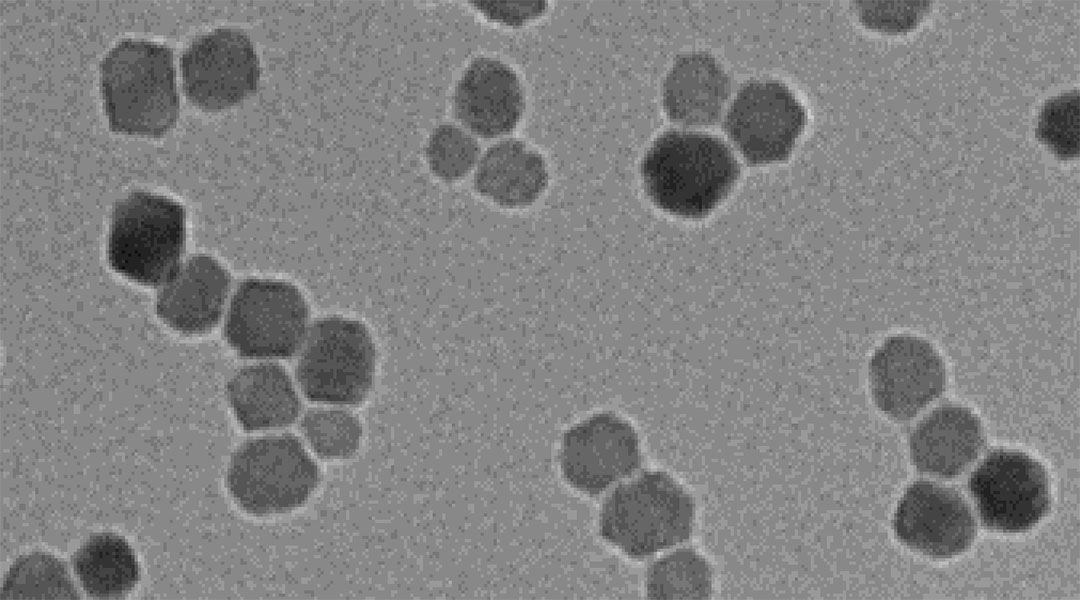
A non-surgical option for women who suffer from endometriosis, this nanoparticle therapy shows promising preliminary results.
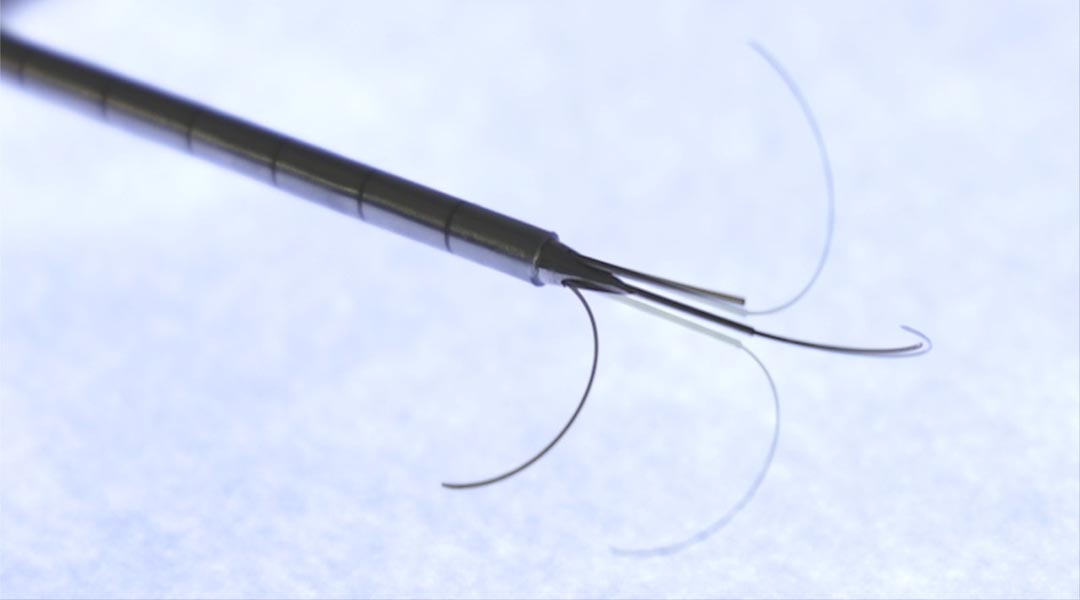
A new proof-of-concept cancer therapy safely and accurately destroys cancerous cells with precisely delivered heat.
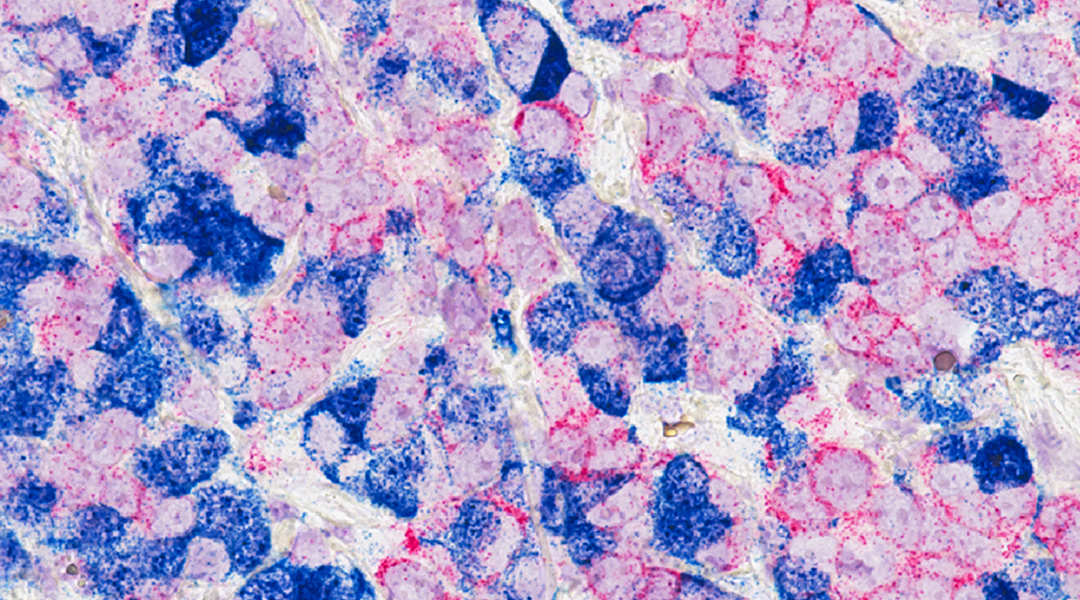
Triple-negative breast cancer has poor survival and few therapeutic options — but with a new approach, things could change.
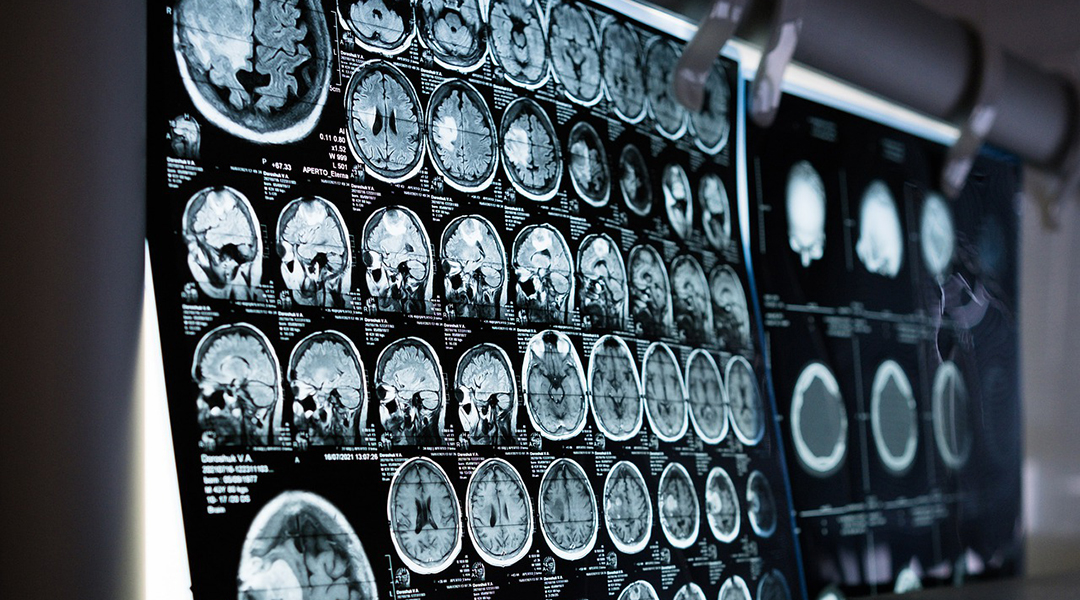
Researchers in Shanghai report a potential therapeutic based on Prussian blue to tackle Parkinson’s disease.
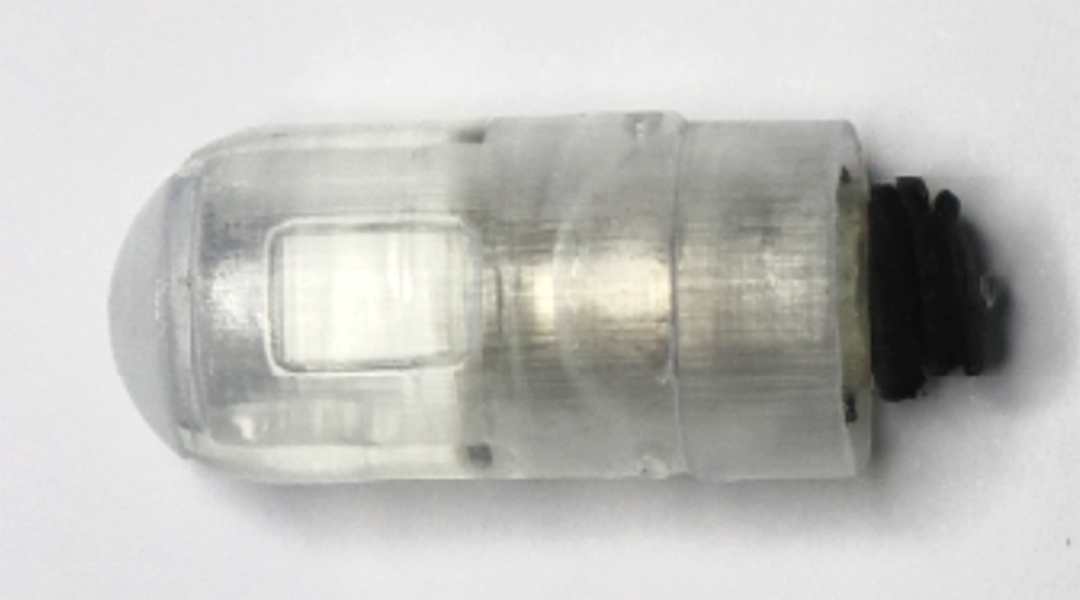
A magnetic, drug-delivering capsule precisely navigates the GI tract to heal gastrointestinal disease and injury.
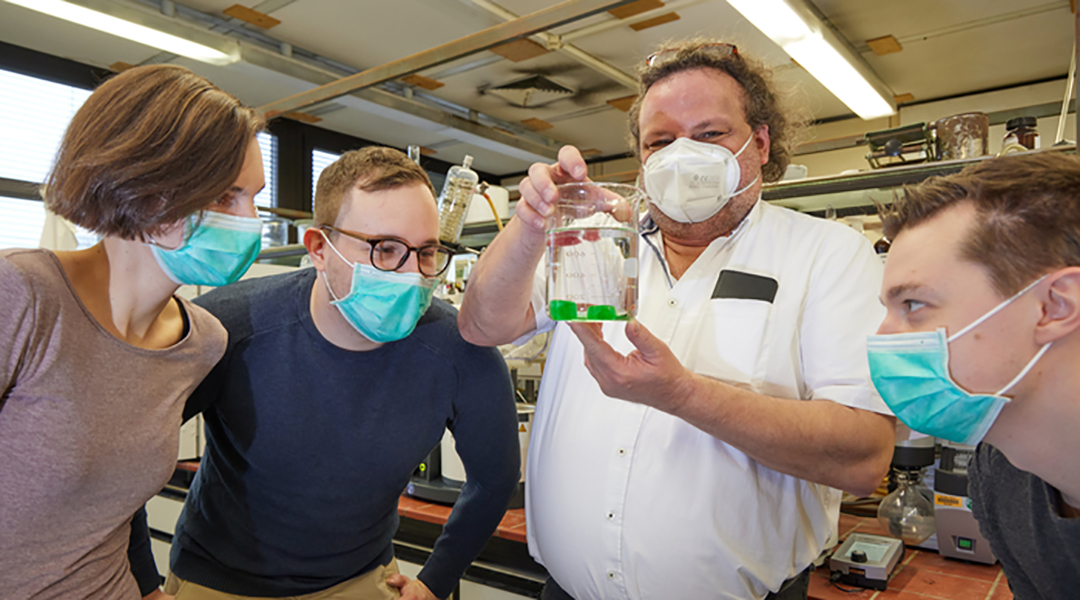
An epoxide ring opening reaction could help stabilize biomolecules by replacing hydrogen with deuterium with a high degree of selectivity.
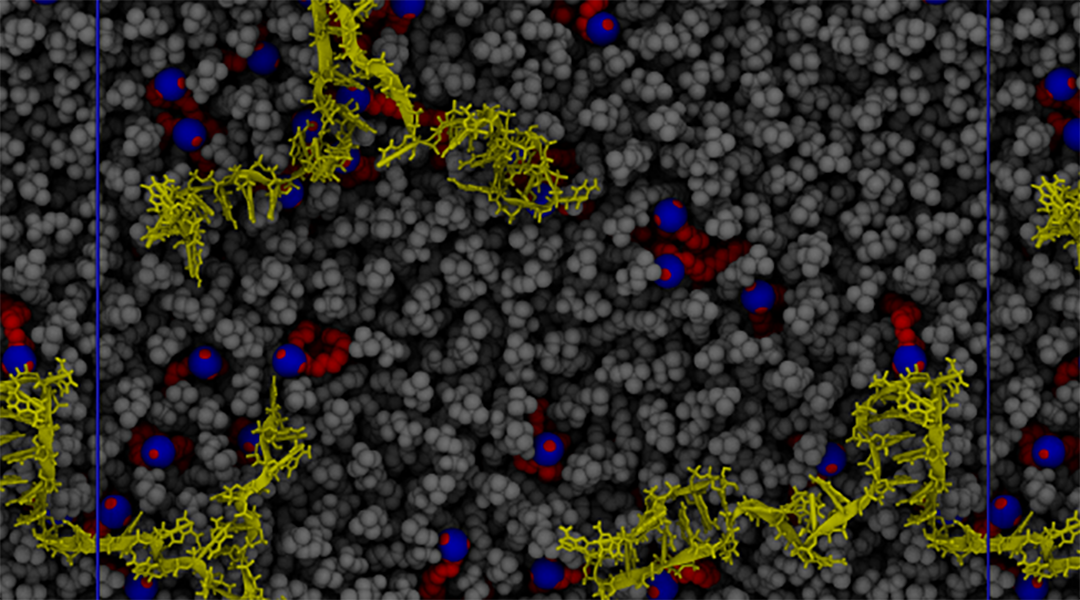
Molecular dynamics offer ways to improve lipid-based therapeutic delivery systems.